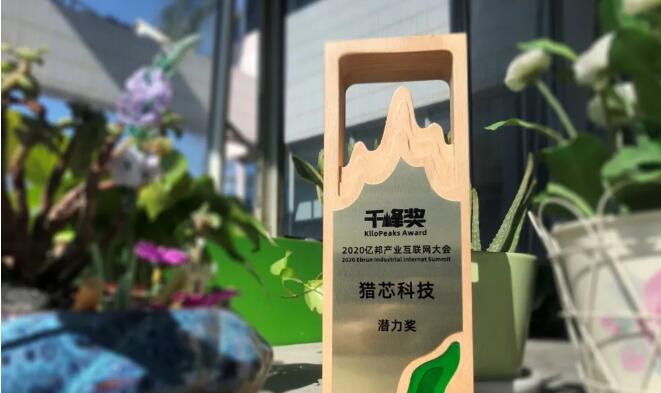Top 7 Benefits of Multilayer PCB and Application for Real Life
The definition of multilayer PCB is a PCB that is made with three or more conductive copper foil layers. These appear as several layers of double-sided circuit boards, laminated and glued together with layers of heat-protective insulation between them. The entire construction is arranged so that two layers are placed on the surface sides of the PCB to connect to the environment.
PCB Instant Quote
.my-button {
display: inline-block;
padding: 10px 50px;
font-size: 16px;
text-align: center;
text-decoration: none;
background-color: blue;
color: #fffff0;
border: none;
border-radius: 5px;
font-weight: bold;
cursor: pointer;
box-shadow: 0px 2px 5px rgba(0, 0, 0, 0.3);
transition: background-color 0.3s ease, transform 0.3s ease;
}
.my-button:hover {
background-color: #C23C30;
transform: scale(1.05);
}
In this article, we are going to tell you the benefits of multilayer PCB and their applications in our daily life. If you are interested in benefits of multilayer PCB, please check and read the content for more professional knowledge.
What are the 7 benefits of multilayer PCB?
There are many reasons to use a multilayer board rather than just saving space. Multiple layers in your PCB solve electrical performance issues, including the following:
1. Small Size
One of the most prominent and lauded benefits of using multilayer PCBs lies in their size. Because of their layered design, multilayer PCBs are inherently smaller than other PCBs with similar functionality. This presents a major benefit to modern electronics, as the current trend is working toward smaller, more compact yet more powerful gadgets like smartphones, laptops, tablets and wearables.
2. Lightweight Construction
With smaller PCBs comes less weight, especially as the multiple connectors required to interlink separate single and double-layered PCBs are eliminated in favor of a multilayered design. This, again, is beneficial for modern electronics, which are geared more toward mobility.
3. Enhanced Flexibility
Though this does not apply to all multilayer PCB assemblies, some do use flexible construction techniques, resulting in a flexible multilayer PCB. This can be a highly desirable trait for applications where mild bending and flexing may occur on a semi-regular basis. Again, this does not apply to all multilayer PCBs, and the more layers incorporated into a flexible PCB, the less flexible the PCB becomes.
4. More Powerful
Multilayer PCBs are extremely high-density assemblies, incorporating multiple layers into a single PCB. These close-quarters enable boards to be more connective, and their innate electrical properties allow them to achieve greater capacity and speed despite their smaller size.
5. Signal integrity
Multilayer boards can be configured with microstrip or stripline layer structures to sandwich high-speed transmission lines between them. These structures will provide better signal return paths, reducing noise on the board and controlling crosstalk and broadside coupling between signal traces.
6. Power integrity
Full metal power and ground planes offer a better method of distributing power and ground than routing them with traces. The planes also help absorb the power spikes that occur with high-speed circuit switching, providing a cleaner power distribution network (PDN).
7. Thermal control
Many components on a circuit board will run hot and require additional cooling methods. The multilayer board structure can help with this by dissipating the heat throughout the board layer stackup.
What are the applications of multilayer PCB?
Consumer Electronics
The term “Consumer Electronics” is a wide term that includes many electronic devices that comes under the umbrella of commonly used devices that are directly relevant to common users like you and me. The consumer electronics include, smartphones, smart watches, calculators, TV remote control, mp3 music player, toys, kitchen appliances, washing machines, electric kettle, e-cigarettes, LED bulbs and energy savers etc.
Computers and Devices
Today our world is highly dependent on computers and automation. Multilayer PCBs are commonly found in computers and associated products like motherboards, graphics cards, EEPROMs, Power supplies, keyboard, computer mouse, ADCs, GPUs, Image processing circuits etc.
Telecommunication Electronics
The industry of telecommunication is very huge that includes many electronic devices and equipment that contain sophisticated electronics and can contain multilayer PCBs up-to 8 layers. Some of the applications of telecommunication electronics is GPS, satellite, computer servers, GPRS, communication towers, Radar electronics, Sonar / Lidar, Antenna, Power amplifier, filter, PLLs, Mixers, Attenuators, LNA, on board telemetry and telecommand processing circuits etc.
PCB Knowledge ⋅ 09/29/2021 09:50

